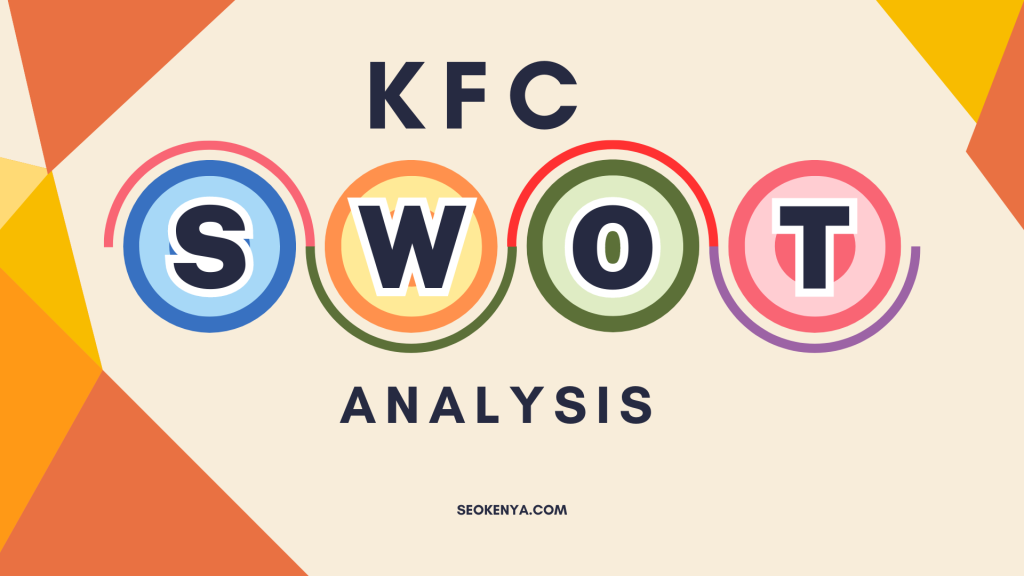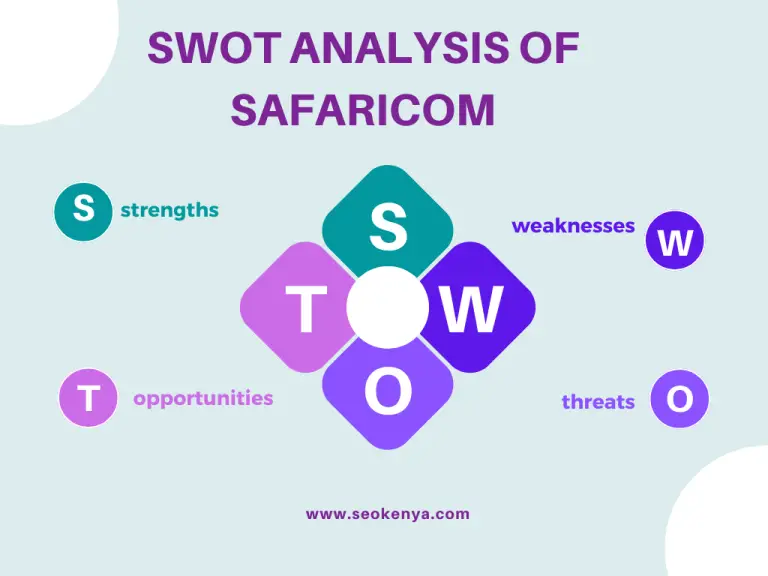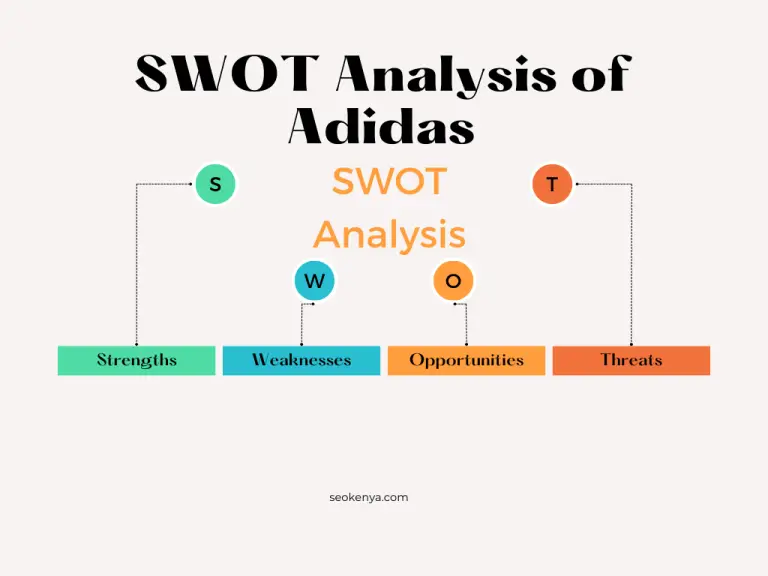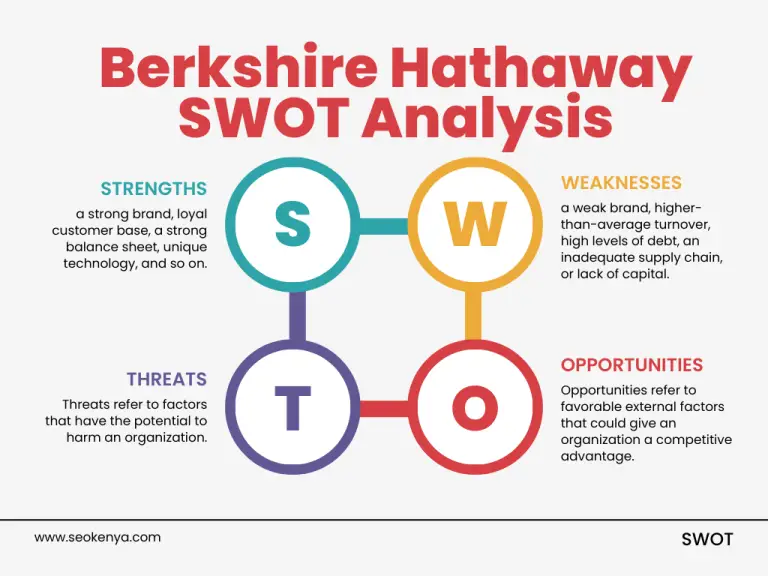In-Depth SWOT Analysis of KFC (Strengths Weaknesses, Opportunities and Threats)
About KFC
KFC, or Kentucky Fried Chicken, is a popular fast food chain that is known for its fried chicken dishes. Headquartered in Louisville, Kentucky, the company is the second largest restaurant chain in the world by sales, with locations in 150 countries worldwide.
KFC is a subsidiary of Yum! Brands, a restaurant company that also owns Pizza Hut and Taco Bell.
The chain was founded by Colonel Harland Sanders, who began selling fried chicken at his roadside restaurant in Kentucky during the Great Depression. Sanders eventually developed the concept of restaurant franchising and the first KFC franchise opened in 1952.
The company quickly gained popularity and helped to diversify the fast food industry by introducing chicken as a menu option. Colonel Sanders became a well-known figure in American culture and his image is still used in KFC advertising today.
In 1964, Sanders sold the company to a group of investors, and it has since gone through a series of ownership changes. KFC was one of the first American fast food chains to expand internationally, and it opened locations in Canada, the UK, Mexico, and Jamaica in the 1960s.
In the 1970s and 1980s, the company faced challenges in the domestic market, but it continued to grow internationally, including becoming the first Western restaurant chain to open in China in 1987. Today, China is KFC’s largest market.
KFC’s menu includes a variety of chicken dishes, sandwiches, wraps, salads, sides, and desserts. The company is known for its slogans “It’s Finger Lickin’ Good!”, “Nobody does chicken like KFC,” and “So good.”
Strengths Weaknesses, Opportunities and Threats of KFC (SWOT Analysis)
Strengths of KFC:
- Strong brand recognition: KFC is a well-known and highly recognized brand around the world. The company has a strong reputation for serving high-quality chicken products, and this has helped to establish a loyal customer base.
- Wide range of products: KFC offers a wide range of products beyond just chicken, including sandwiches, wraps, salads, and sides such as mashed potatoes and coleslaw. This variety allows the company to appeal to a diverse range of customers with different preferences.
- Strong global presence: KFC has a significant presence in over 150 countries worldwide, which has helped the company to achieve economies of scale and reach a large customer base. The company also has strong relationships with local partners in each of these countries, which helps it to adapt to local tastes and preferences.
- Effective marketing campaigns: KFC has a reputation for running effective marketing campaigns that effectively promote the brand and drive sales. These campaigns often feature memorable slogans and popular celebrities, which helps to create buzz and drive customer interest.
- Strong supply chain: KFC has a well-established supply chain that allows it to efficiently source high-quality ingredients and deliver them to its restaurants. This helps to ensure that the company is able to consistently serve high-quality products to its customers.
Weaknesses of KFC:
- Dependence on chicken: While KFC’s focus on chicken has helped the company to establish itself as a leader in the quick-service restaurant industry, it also makes the company vulnerable to changes in consumer preferences or the availability of chicken.
- Limited menu options: While KFC does offer a wide range of products beyond just chicken, the company’s menu is still relatively limited compared to some of its competitors. This could potentially limit the company’s appeal to customers who are looking for a wider variety of options.
- Limited vegetarian options: KFC’s menu is largely centered around chicken, which may limit the company’s appeal to vegetarian or vegan customers. While the company does offer some vegetarian options, these are not as extensive as those offered by some of its competitors.
- Competition from other fast-food chains: KFC faces strong competition from other quick-service restaurant chains, both domestically and internationally. These competitors may offer similar products at lower prices, which could potentially attract customers away from KFC.
- Limited international expansion opportunities: While KFC has a strong global presence, the company has limited opportunities for further expansion in some regions. For example, the market for quick-service restaurants may be saturated in some developed countries, making it difficult for KFC to gain a foothold in these markets.
Opportunities of KFC:
- Expansion into emerging markets: KFC has the opportunity to further expand into emerging markets, where there is often less competition from other quick-service restaurants and a growing demand for affordable, convenient food options.
- Expansion of menu options: KFC has the opportunity to expand its menu to include more vegetarian and plant-based options, which could help the company to appeal to a wider range of customers.
- Online ordering and delivery: KFC has the opportunity to further invest in online ordering and delivery platforms, which could help the company to reach a wider customer base and increase sales.
- Partnerships and collaborations: KFC has the opportunity to partner with other companies or organizations to promote its products and reach new customers. For example, the company could collaborate with sports teams or music festivals to offer its products to attendees.
- Innovation: KFC has the opportunity to continue to innovate and introduce new products and services to stay ahead of the competition and meet changing customer needs.
Threats of KFC
- Competition from other quick-service restaurants: KFC faces competition from other quick-service restaurants, both domestically and internationally. These competitors may offer similar products at lower prices, which could potentially attract customers away from KFC.
- Changes in consumer preferences: KFC’s focus on chicken may make the company vulnerable to changes in consumer preferences. For example, if there is a trend towards plant-based or vegetarian diets, KFC may see a decline in sales.
- Economic downturns: Economic downturns or recessions can lead to a decline in consumer spending, which could negatively impact KFC’s sales.
- Food safety concerns: KFC, like all food companies, is vulnerable to food safety concerns or outbreaks of foodborne illness. This could lead to a decline in customer confidence and sales.
- Natural disasters or supply chain disruptions: KFC’s supply chain is vulnerable to disruptions caused by natural disasters or other events, which could lead to shortages of ingredients or a decline in the quality of the products served.
SWOT Analysis of KFC Summary
| Strengths | Weaknesses | Opportunities | Threats |
|---|---|---|---|
| 1. Second best global brand in the fast-food industry in terms of value ($6 billion). | 1. Untrustworthy suppliers. | 1. Increasing demand for healthier food. | 1. Saturated fast food markets in developed economies. |
| 2. Original 11 herbs and spices recipe. | 2. Negative publicity. | 2. Home meal delivery. | 2. Trend towards healthy eating. |
| 3. Strong position in emerging China. | 3. Unhealthy food menu. | 3. Introducing new products to its only chicken range. | 3. Local fast food restaurant chains. |
| 4. Combination of KFC – Pizza Hut and KFC – Taco Bell. | 4. High employee turnover. | 4. Currency fluctuations. | |
| 5. Market leader in the world among companies featuring chicken as their primary product offering. | 5. Lack of strong marketing efforts. | 5. Lawsuits against KFC. |




